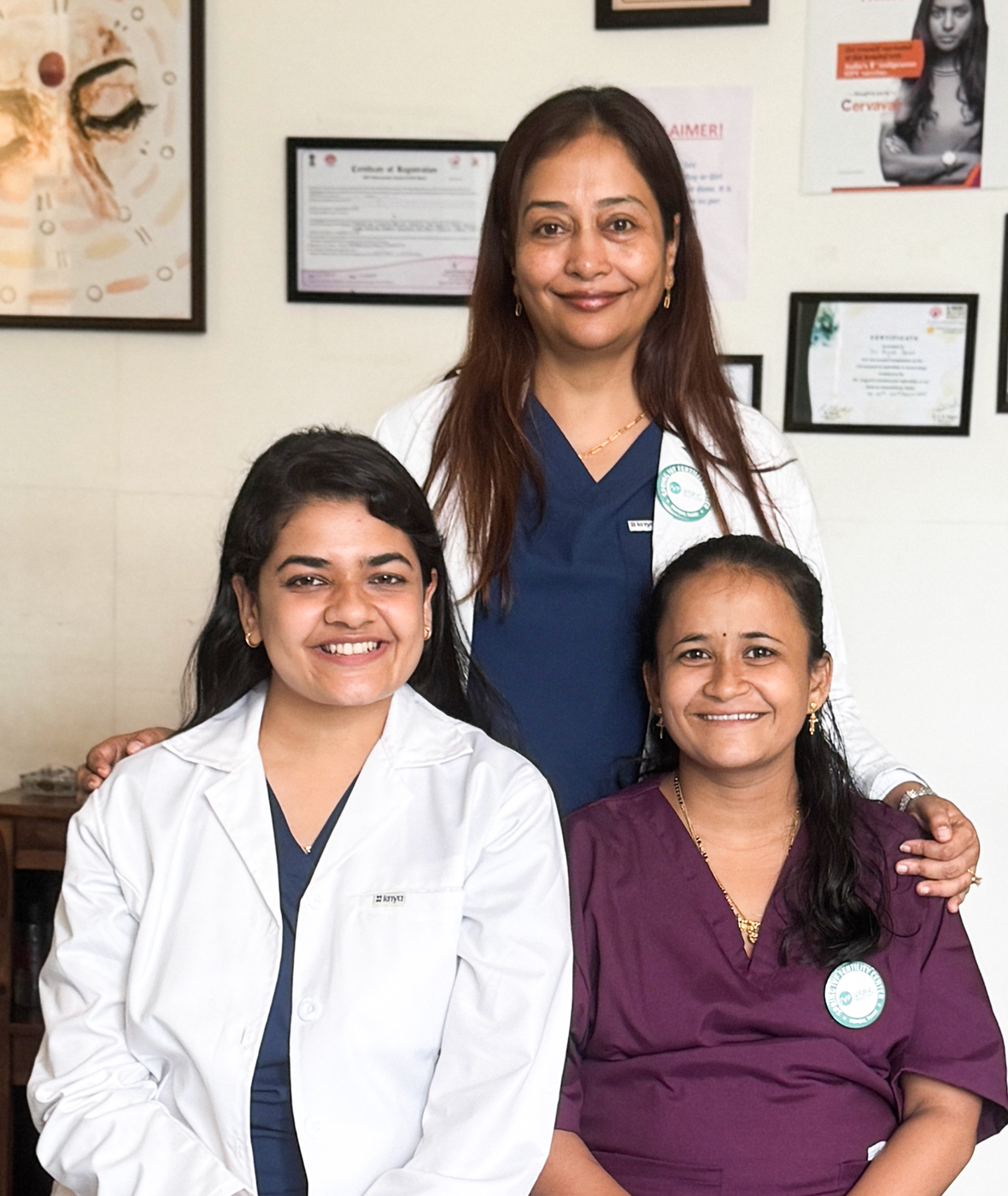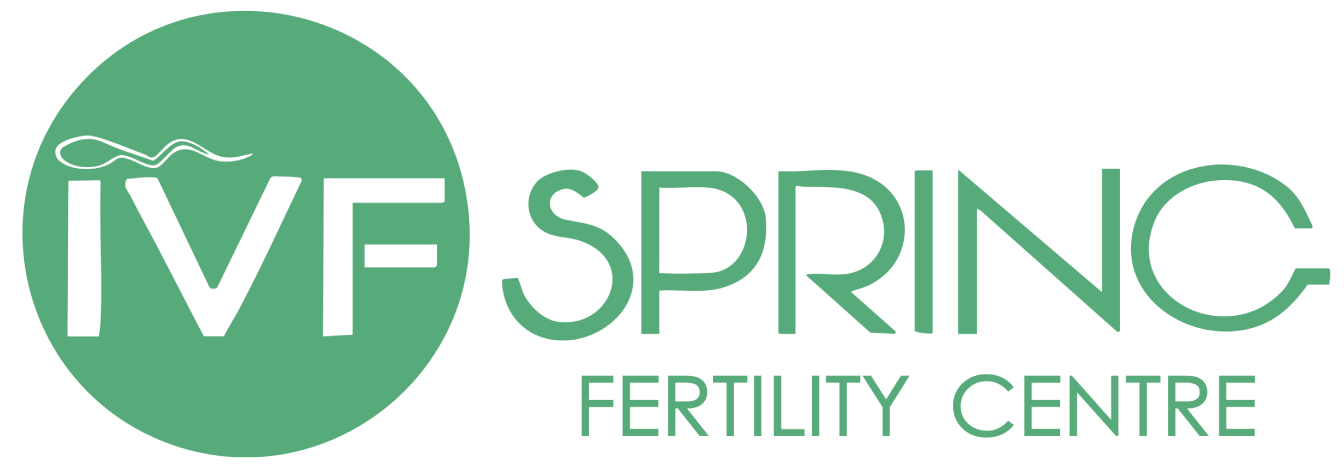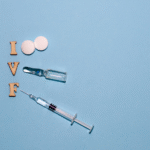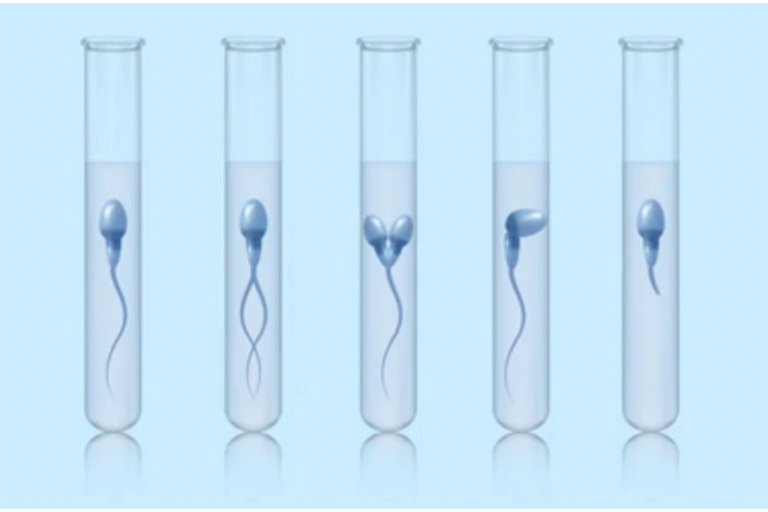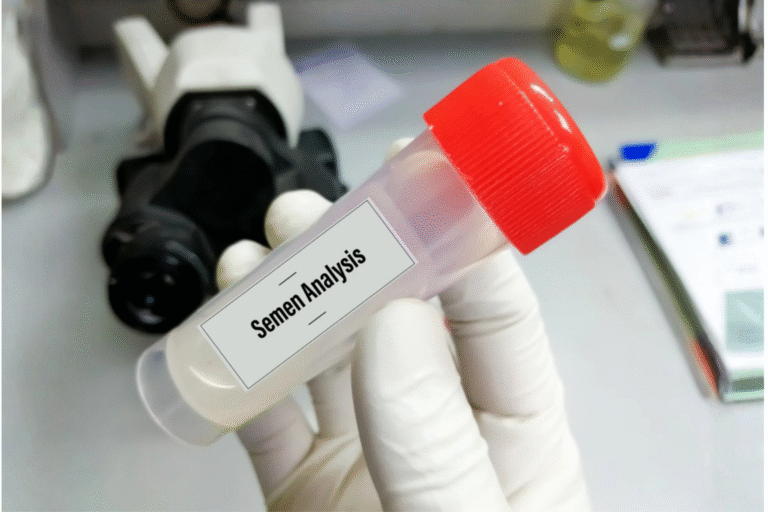Understand the real difference between Day 3 and Day 5 embryo transfer, how they grow, and what truly affects IVF success rates.
Every week, at our clinic in Mumbai, someone leans forward and asks, “Doctor, should we go for a Day 5 transfer?”
The internet seems convinced that Day 5 embryos are “better,” almost like they’ve passed a secret exam in the incubator. But the truth — as always in fertility treatment — is more nuanced.
Let’s break it down honestly and simply.
How an Embryo Grows: From Day 1 to Day 5
After fertilization, embryos start as a single cell and then begin their delicate journey of division.
- Day 1: Just fertilized — two nuclei visible.
- Day 2: Four cells.
- Day 3: Around eight cells — this is called the cleavage stage.
- Day 5: Around 100–200 cells — now a blastocyst, with a fluid cavity and distinct inner and outer layers.
Think of it like watching a city grow from a single house to a full neighbourhood, complete with roads, schools, and plumbing. Both the small house and the developed neighbourhood have potential — they’re just at different stages of readiness.
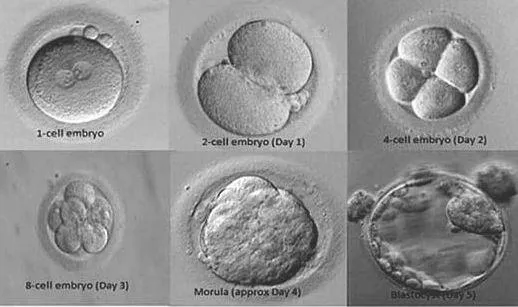
What Happens in a Day 3 Transfer
In a Day 3 transfer, embryos are transferred when they are still in the cleavage stage.
The advantage? The uterus itself provides the natural environment for further development. For some embryos, especially when only a few are available, this is gentler and more physiologic.
- Pros:
- Good option if you have fewer embryos — you let the body decide which one continues naturally.
- Less time in the lab, which may suit clinics or patients with limited resources.
- Good option if you have fewer embryos — you let the body decide which one continues naturally.
- Cons:
- We can’t yet tell which embryos would have survived to Day 5 — selection is based on earlier growth.
- Slightly lower implantation rates compared to blastocysts, though individual outcomes vary.
- We can’t yet tell which embryos would have survived to Day 5 — selection is based on earlier growth.
What Happens in a Day 5 (Blastocyst) Transfer
By Day 5, the embryo has reached the blastocyst stage — a beautiful, self-organizing structure. The inner cell mass becomes the baby, and the outer layer (trophectoderm) becomes the placenta.
Transferring at this stage allows us to select embryos that have already proven they can survive the first few critical days.
- Pros:
- Higher implantation rate per embryo transferred (especially if lab conditions are excellent).
- Better synchronization with the uterine lining, as natural implantation occurs around this time.
- Fewer embryos can be transferred confidently, reducing the chance of twins or triplets.
- Higher implantation rate per embryo transferred (especially if lab conditions are excellent).
- Cons:
- Some embryos that might have survived in the womb stop growing in the lab — the environment, while advanced, isn’t identical to nature.
- If very few embryos are available, you risk having none to transfer on Day 5.
- Some embryos that might have survived in the womb stop growing in the lab — the environment, while advanced, isn’t identical to nature.
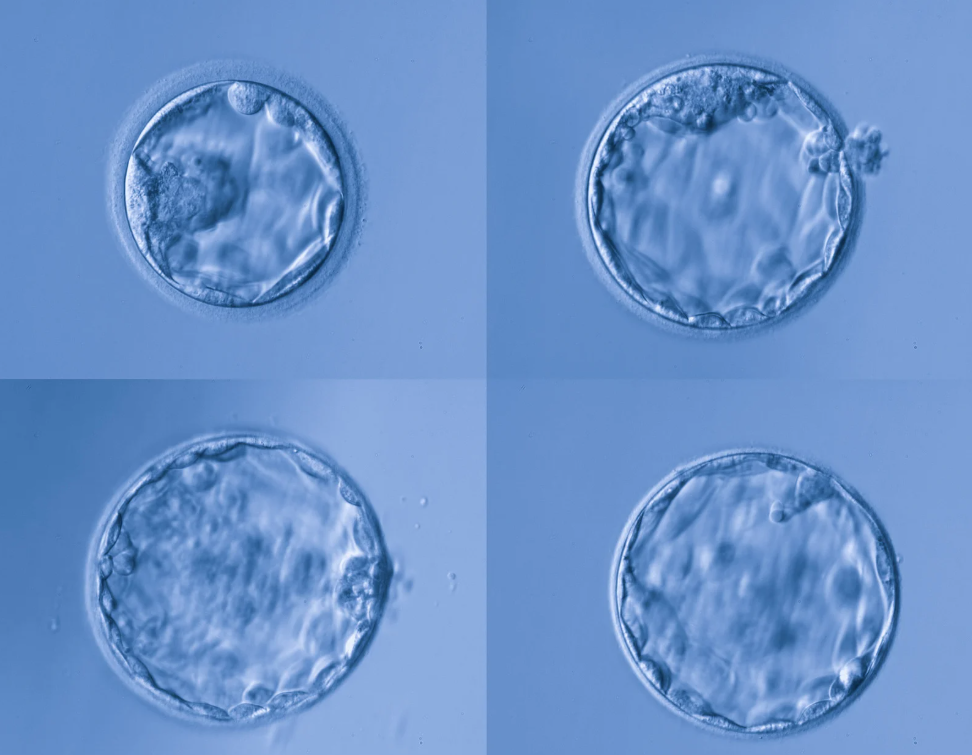
The Myth of “Better”
Many patients assume that Day 5 automatically equals higher success. That’s not always true.
Success depends on:
- Embryo quality (not just the day)
- Uterine receptivity
- Lab standards (air quality, incubator technology, culture media)
- The woman’s age and egg quality
Sometimes, a Day 3 transfer offers the best chance — especially if only a few embryos exist or if the lab or patient conditions make a longer culture risky.
In short, it’s not a competition between Day 3 and Day 5 — it’s a decision tailored to you.

Final Word
So, which is better — Day 3 or Day 5?
Neither. The right answer is the one that suits you and your embryos best. IVF is never one-size-fits-all, and the best science is still guided by empathy, observation, and good judgment.
At our clinic, we decide after closely observing embryo growth and discussing options transparently. If a patient has many good-quality embryos, we often prefer to culture them to Day 5 to select the strongest ones.
However, for patients with fewer embryos or certain medical conditions, a Day 3 transfer is a perfectly valid, often wiser choice.
The key is communication — not chasing trends. Book a consultation with us to know more.
